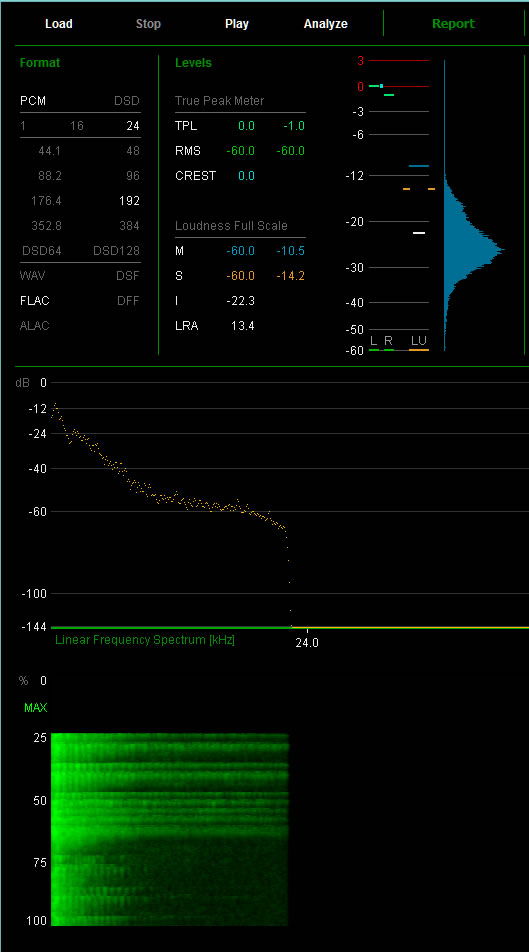6speed
Active Member
With so many sources for HD audio (>16/44) now, what methods are available for verifying a difference or benefit. What software is needed and what does one look for?
- Increase bandwidth: Any content >20kHz.
- Increased dynamic range: The higher the better, and there are several algorithms for calculating dynamic range.
- Decreased noise floor: Is there any way to calculate this or visualize it vs frequency?
- Peak level: I assume 0dbFS is bad and may be an indicator of clipping?
- Clipping: How do we calculate this programmatically without visually reviewing the waveform?
- Playback artifacts: Given different playback bandwidths, filtering algorithms, etc is there anything to investigate within the source material or is that exclusively a function of the playback chain?

